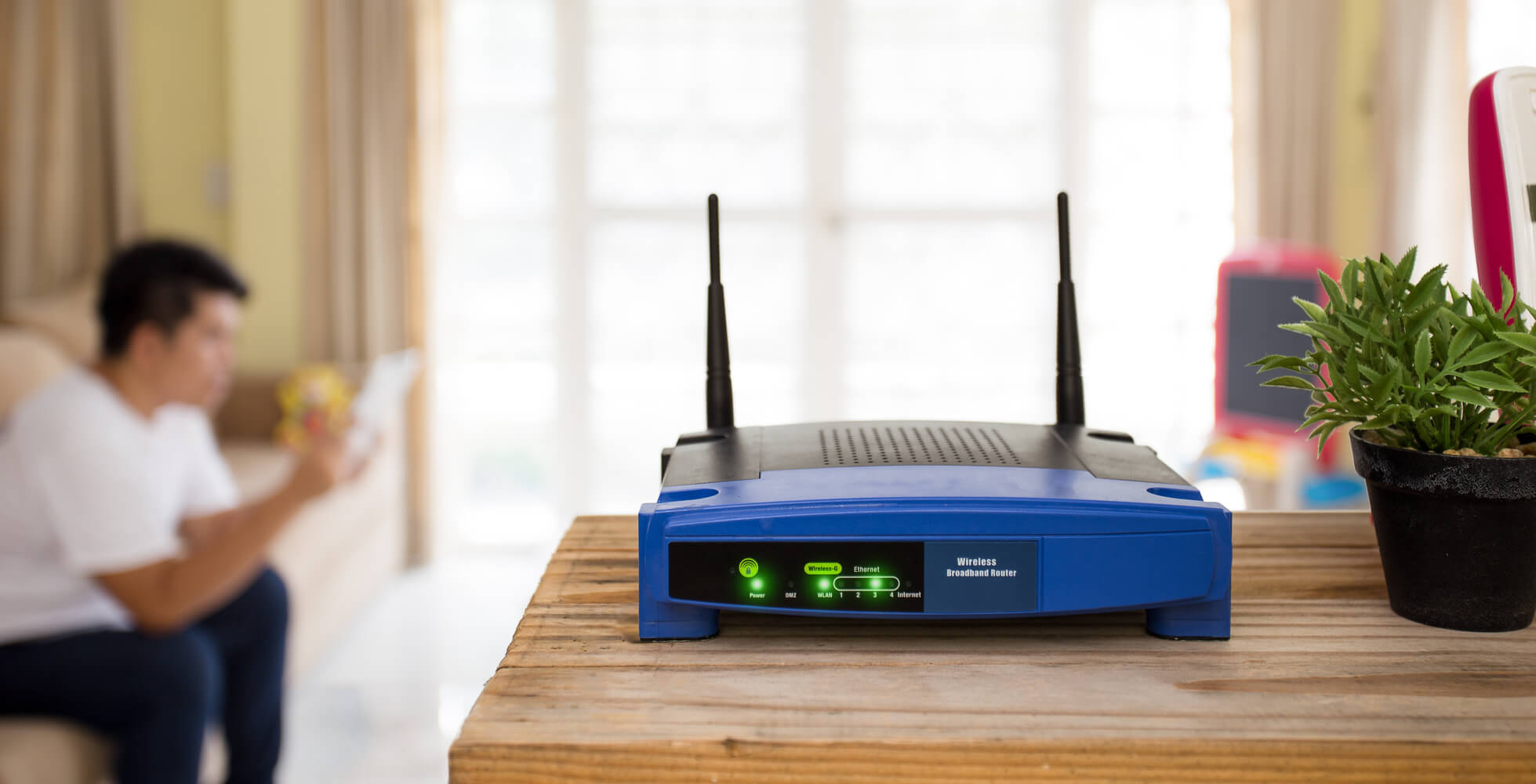Exploring Various Business Internet Connectivity Options
This article explores various types of business internet connections, including DSL, cable, satellite, fiber, and copper lines. It highlights each technology's features, coverage, and suitability for different business needs. Fast, reliable internet is vital for companies relying heavily on online operations, cloud computing, and high-volume data transfer. Choosing the right connection involves assessing speed, availability, and cost. Understanding these options helps businesses make informed decisions for optimal connectivity and performance.
Sponsored

Understanding Business Internet Connectivity Types
Small enterprises often require faster and more reliable internet access compared to residential networks. As companies increasingly depend on online services, selecting the right business internet connection is crucial.
What options are available?
Business broadband is an umbrella term encompassing high-speed internet services provided through different technologies, which vary based on the transmission medium:
Digital Subscriber Line (DSL)
Cable Internet
Satellite Internet
Fiber Optic Internet
Dedicated Copper Line Broadband
Internet providers utilize wires, coaxial cables, and fiber networks to deliver these services.
What is Digital Subscriber Line (DSL)?
Uses existing copper telephone lines to transmit digital signals.
Offers significantly faster speeds than traditional dial-up.
Speeds depend on proximity to the provider’s exchange.
Has extensive coverage, reaching over 90% of the country.
Business users may prefer Symmetric DSL or VDSL, which provide higher data rates.
What is cable internet?
Delivered via coaxial cables already in place for cable TV.
Has broad availability, with about 89% coverage nationwide.
Typically faster than DSL.
Upload speeds are generally lower than download speeds, which may affect business use cases involving large data transfer.
How does satellite internet work?
Packages involve installing a satellite dish connected to a modem.
Communicates via space-based satellites, requiring a dish on your property.
High latency due to signal travel to space, impacting real-time applications.
Weather or obstructions can affect signal quality.
Supports high bandwidth, suitable for multiple users.
Speeds are higher than dial-up but less than fiber or cable.
Ideal for remote locations lacking other broadband options.
What is fiber optic internet?
Provides ultra-fast speeds by transmitting data as light through glass or plastic fibers.
Offers superior bandwidth and reliability compared to DSL or cable.
Deployment requires significant infrastructure investment, limiting coverage initially.
Available in limited areas, but with speeds from 10 Mbps up to 1 Gbps or more.
What are leased copper line connections?
Dedicated lines for business-grade internet, often requiring longer setup.
Traditionally used for internal communications; also used for internet access.
Includes T1, T3, and Ethernet-over-Copper services.
Offer consistent upload and download speeds unaffected by user load.
Useful in areas without broader fiber or cable coverage and as a cost-effective alternative.
Business-grade internet demands higher speed, reliability, and security levels. Unlike residential plans, professional connections support multiple users engaging in cloud services, video calls, and extensive file sharing seamlessly.






